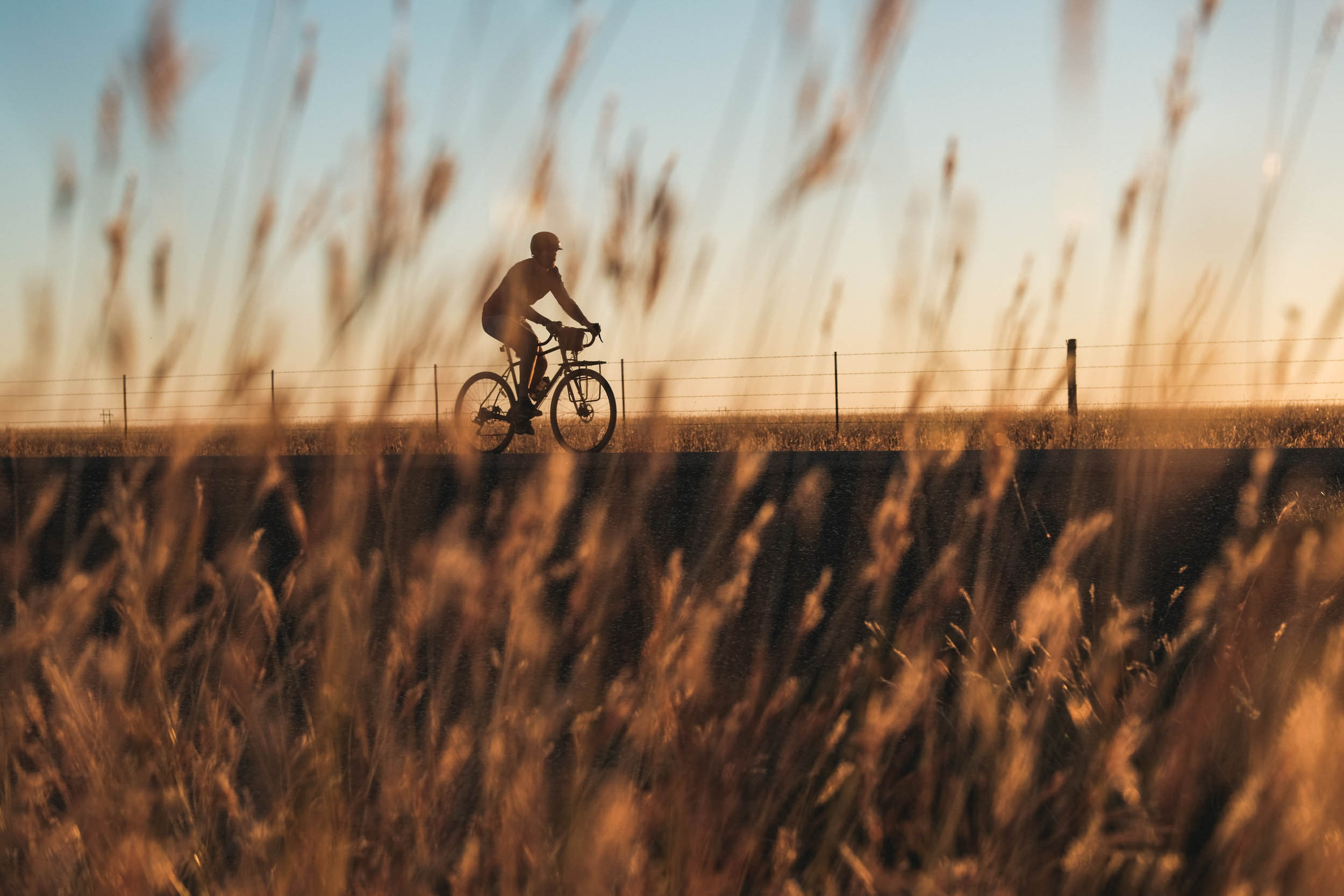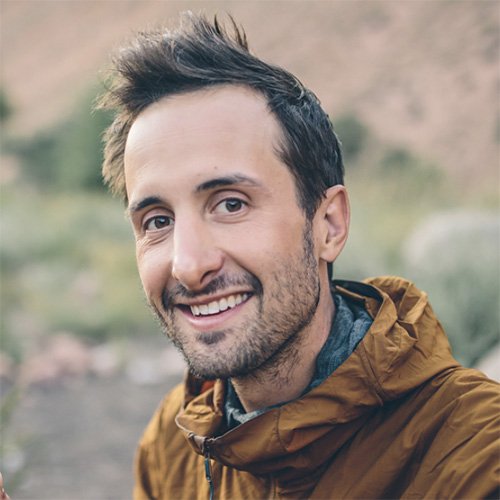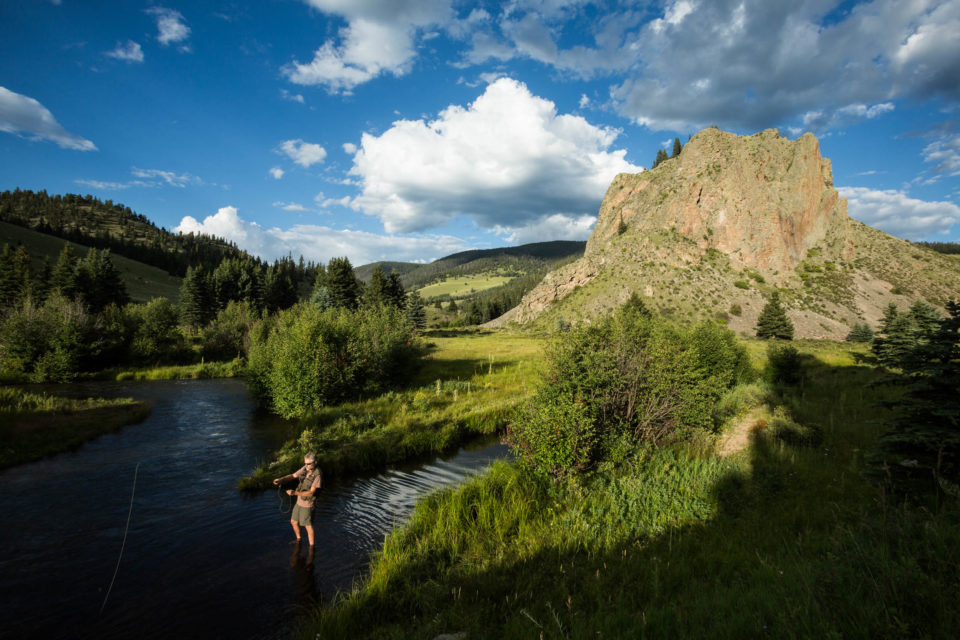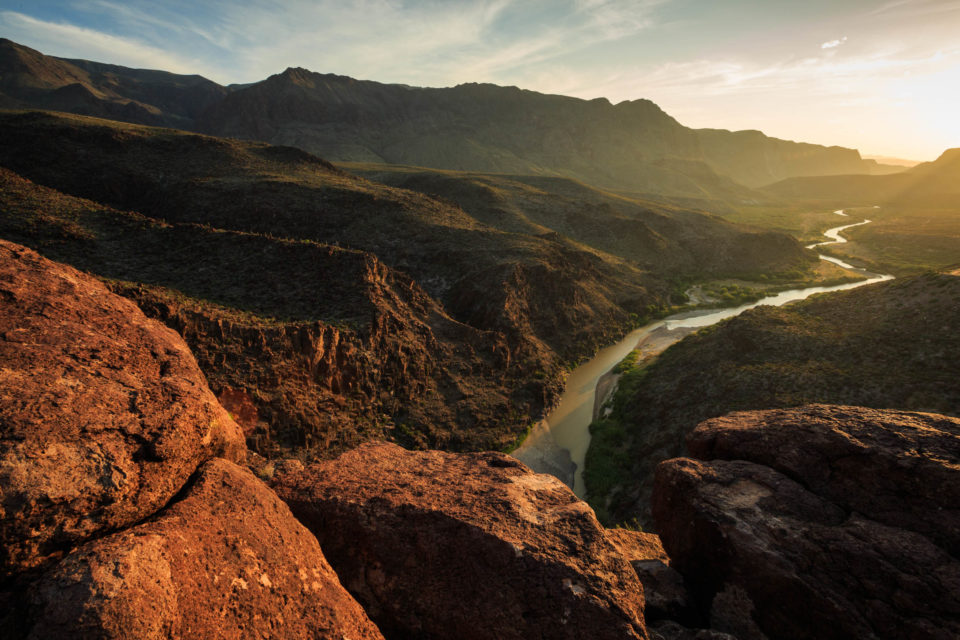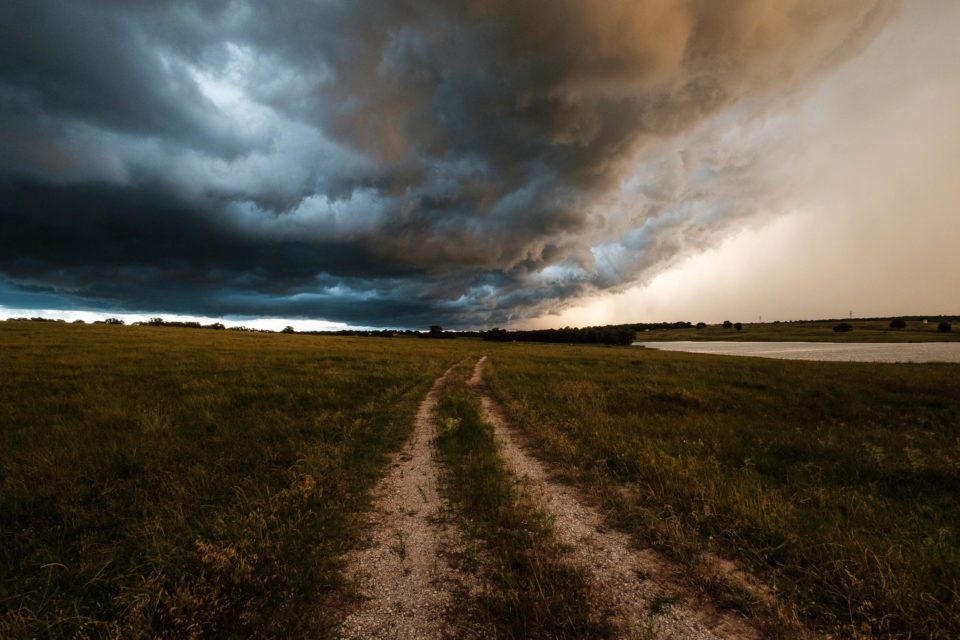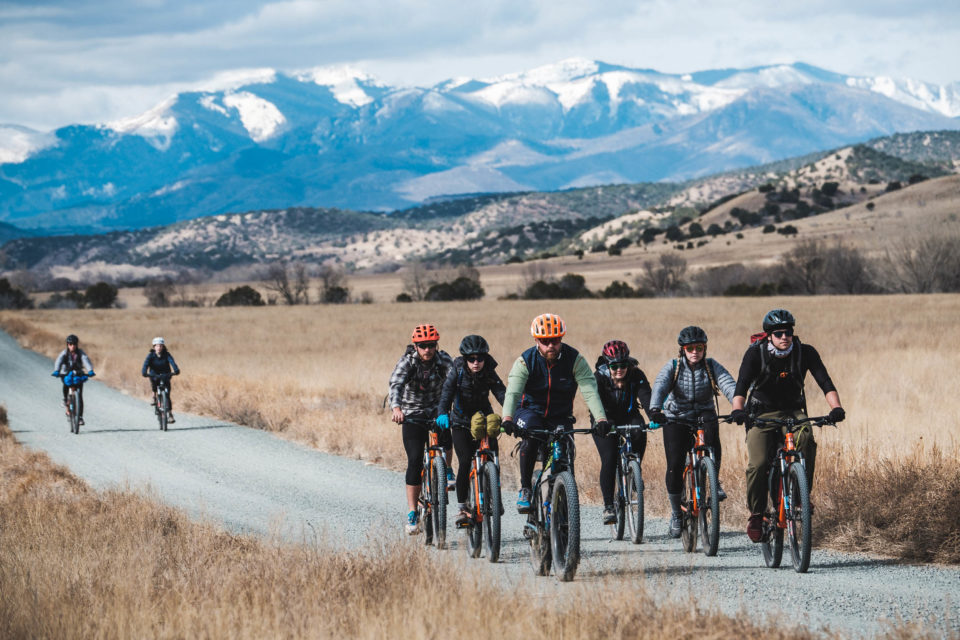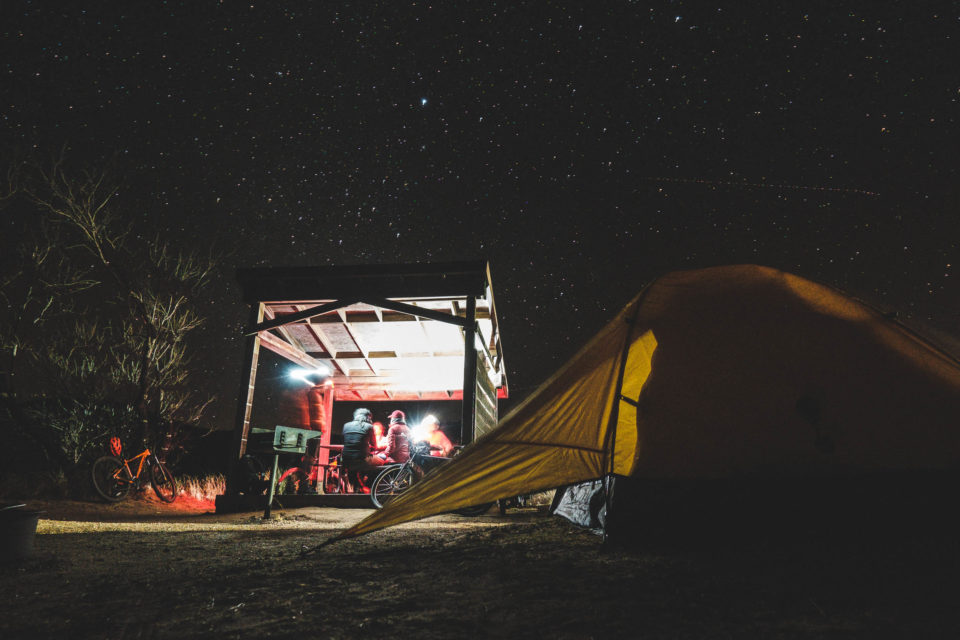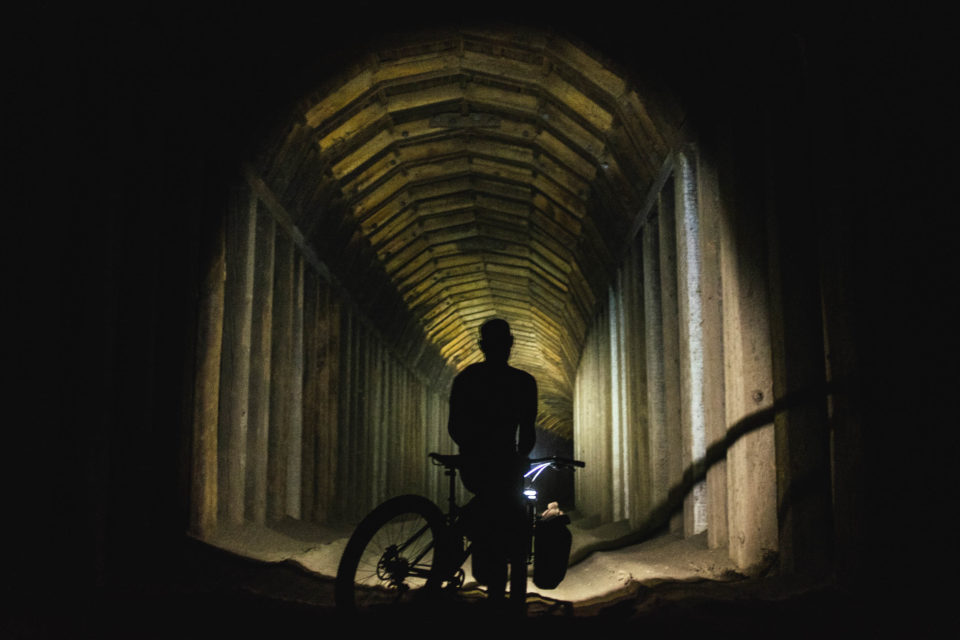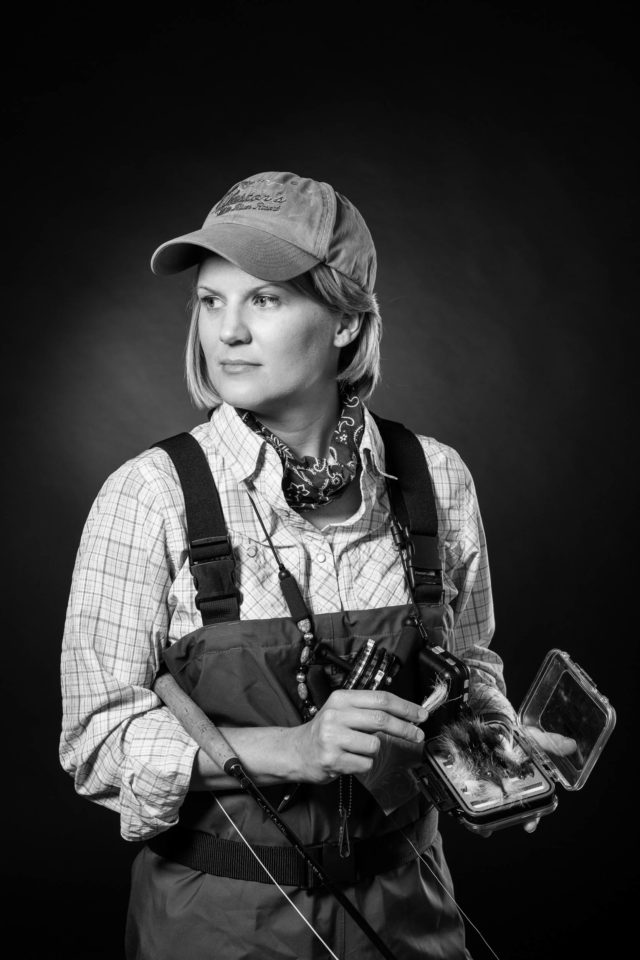Rider’s Lens: Jerod Foster’s Photography
Share This
In today’s Rider’s Lens, we catch up with Texas-based photographer and professor Jerod Foster. He shares some thoughts on using photography to draw attention to places worth preserving, details about his Adventure Media course that gets students out bikepacking for credit, and more…
Words and photos by Jerod Foster (@jerodfoster)
My name is Jerod Foster and I grew up on a cattle ranch in North Central Texas. I spent the majority of my youth outside, intrigued by the natural world around me. When I came to college, I found myself exploring a creative interest in photography, and I loved the access it gave me to be curious about different places. I was relentless in studying great light and inspired by some heavy-hitting landscape photographers at the time. That’s where I started, but I quickly found out that putting purpose behind those golden hour images of beautiful places I was after was much more in line with what I love about the outdoors and the travel involved.
My mentor, Wyman Meinzer, heavily influenced how I saw narrative value in images of place, and the deeper I went with photography, the more I noticed alignment between what I was shooting and what it could say to inform, advocate for, and excite folks about those places. Along the way, I’ve been fortunate to shoot in many different environments in different parts of the world and photograph some great people involved in stewarding everything from large conservation lands to promoting being active outside.
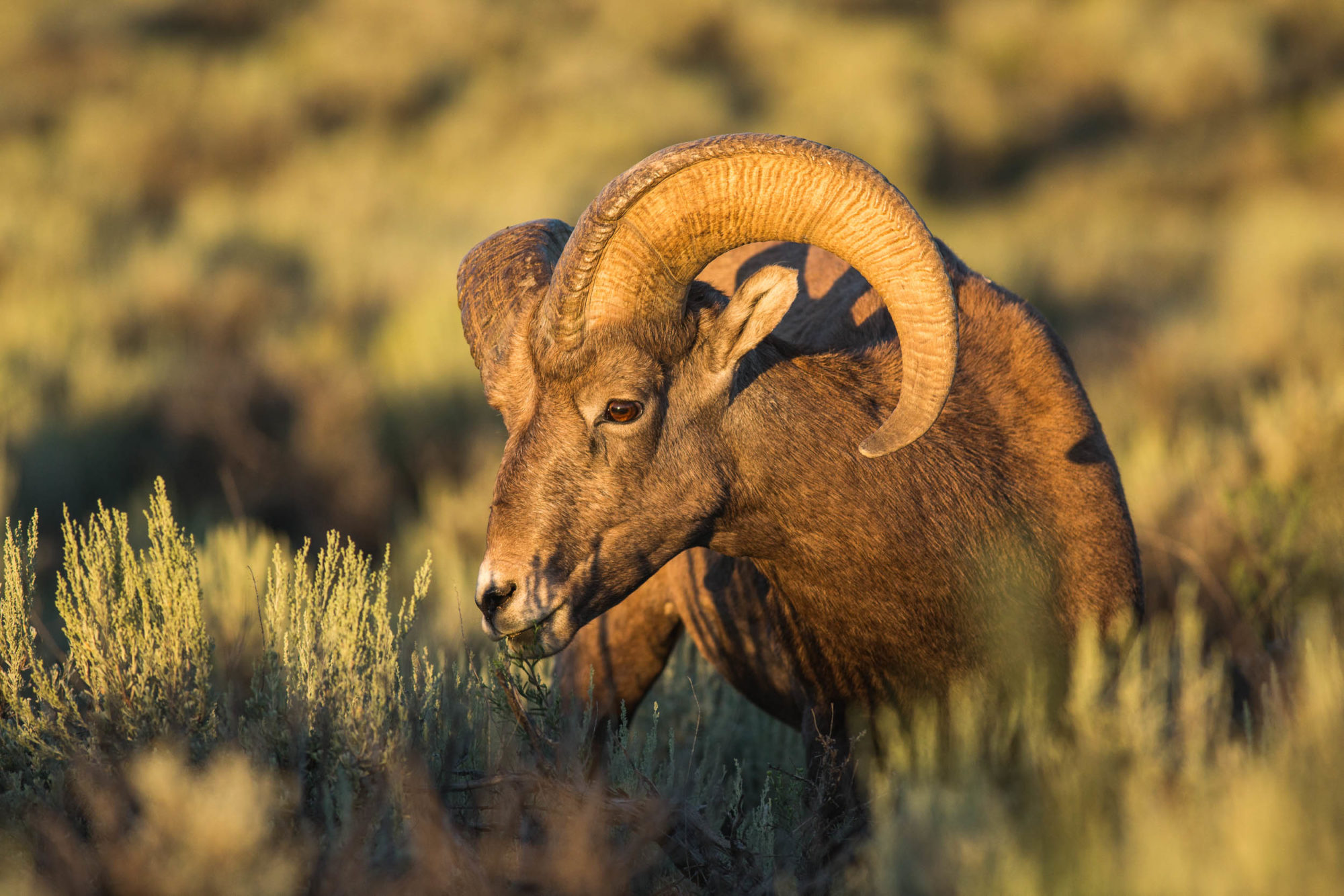
At the moment, I’m increasingly interested in further entwining bike travel and how that can be used to visually excite someone’s interest in a place, whether it’s learning more about environments worth preserving or becoming more familiar with places that are relatively obscure but hold great value to the rest of the world. There was an article in High Country News last year that featured research claiming that being recreationally active outdoors does not necessarily translate into a deeper consideration for the environment. Although it wasn’t a complete picture, that didn’t sit with me well, and I’m intensely interested in telling stories about how adventure recreation can both impact the participant and be used to convey compelling, place-based information and story that coincides with individual experiences.
I got into cycling as a way to stay fit and relieve stress, and it quickly became a significant part of my lifestyle. I didn’t really imagine my photography figuring in to bicycle travel, but once I saw others documenting their own experiences, I started carrying a camera with me on occasion. Now, it’s more often I’m carrying a camera than not. Cycling where I live on the Southern High Plains in West Texas, I feel more intimately tied to the area, particularly since my favorite riding in the area is on dirt and farm roads connecting small towns. I’m absolutely more aware of where I am, and in turn, I have more time to consider the area narratively. Throw a camera in the mix, and you turn that awareness up to 12! In a way, traveling by bicycle has made me much more appreciative of my local region, especially since it is largely considered flyover country by many. It’s also made my work more documentary in style, which is sometimes a big departure from the type of editorial and landscape work that I do for some of my clients.
I’m just beginning a long-term project that combines cycling the Great Plains and a large photography endeavor that I hope will result in another book, a new touring/bikepacking route that my brother and I have mapped, and fingers-crossed, a documentary series. There is so much ecological and cultural history wrapped up in the North American prairies, and yet, compared to other regions of the continent, it’s quite understated. The Great Plains have undergone so much transformation and are burdened with providing a great deal of resource for the world. I’m fortunate to teach and shoot in a variety of places around the world, but I keep coming back to casting a light on the area of the world I’ve called home for the past 17 years. I hope the project sheds more light on the many facets of the Great Plains, and at the same time, continue emphasizing the area as a place attractive for cycling, especially if you lean more toward gravel riding and dirt touring.
I love teaching what I get to do in the field, and I’m fortunate the university supports me in the types of classes I create and push out there. Over the years, a growing series of immersive, field-based courses complement the on-campus classes I teach. One that I’m particularly proud of is the Adventure Media course, which actually uses bikepacking to put students interested in working in the outdoor and adventure media market in the professional production context. My colleague, Justin Keene, and I developed the course three years ago and it’s since evolved into a client-facing multimedia production course. We were extremely proud this year to work with Oveja Negra, Bikepacking Roots and Planet Forward. I’m constantly coming up with ideas for the next iteration of the course, and we’re always looking for partners for the class. I can’t think of a better experiential learning circumstance for our students. I also teach a couple field-based photography courses: one that travels for 15 days across Texas and puts students in some of the most unique environments in the state, and a travel and cultural photography course that goes overseas for about a month, rotating currently between New Zealand and Scotland/Northern Ireland.
All of these courses shift the college classroom to the field, where not everything can be predicted but more closely replicates the real world for aspiring professionals. This is the type of coursework that got me hooked on the work, and I’m hoping it does the same for my students. If I could teach these types of courses full-time, I’d do it in a heart beat! This type of transformative learning is extremely essential in the university environment, and I’m hoping these courses continue to set examples for how professionally and personally valuable they can be for students. I’m currently exploring opportunities to take the Adventure Media class out of the country. I’m especially interested in seeing if it could work in South America, Greece, and/or Canada. Likewise, I’d love to see how the class could further integrate itself into the bikepacking community. Providing students real outlets for their work helps motivate these talented folks to continue following their passions in the field. Ultimately, I’d love to develop a center for field-based, outdoor media education that attracts students, faculty and partners that are interested in the intersection of conservation and outdoor experiences.

Jerod’s Photography Kit
I typically pack two bodies (a Fujifilm X-T2 and an X-H1), and two or three Fuji lenses: an XF 10-24mm f/4 and an XF 50-140mm f/2.8, and an XF 35mm f/2. I pack them in a decade-old, discontinued Think Tank Photo Wired Up 20, which I wear as a waist pack. It’s larger than most of the waist packs I see currently marketed to photographers on bikes, but it holds my kit well. It’s also super comfortable, and it sits well atop the front of a saddlebag when I’m pedaling. I believe Think Tank and MindShift Gear are making the best bags out there, blending functionality, quality, and weight in ways that work well for many folks’ needs. On occasion, I’ll carry a Gitzo Traveler Series tripod, and if I need to, I’ll use a real backpack (a MindShift Gear Panorama 22L), but I try to avoid it when I can.
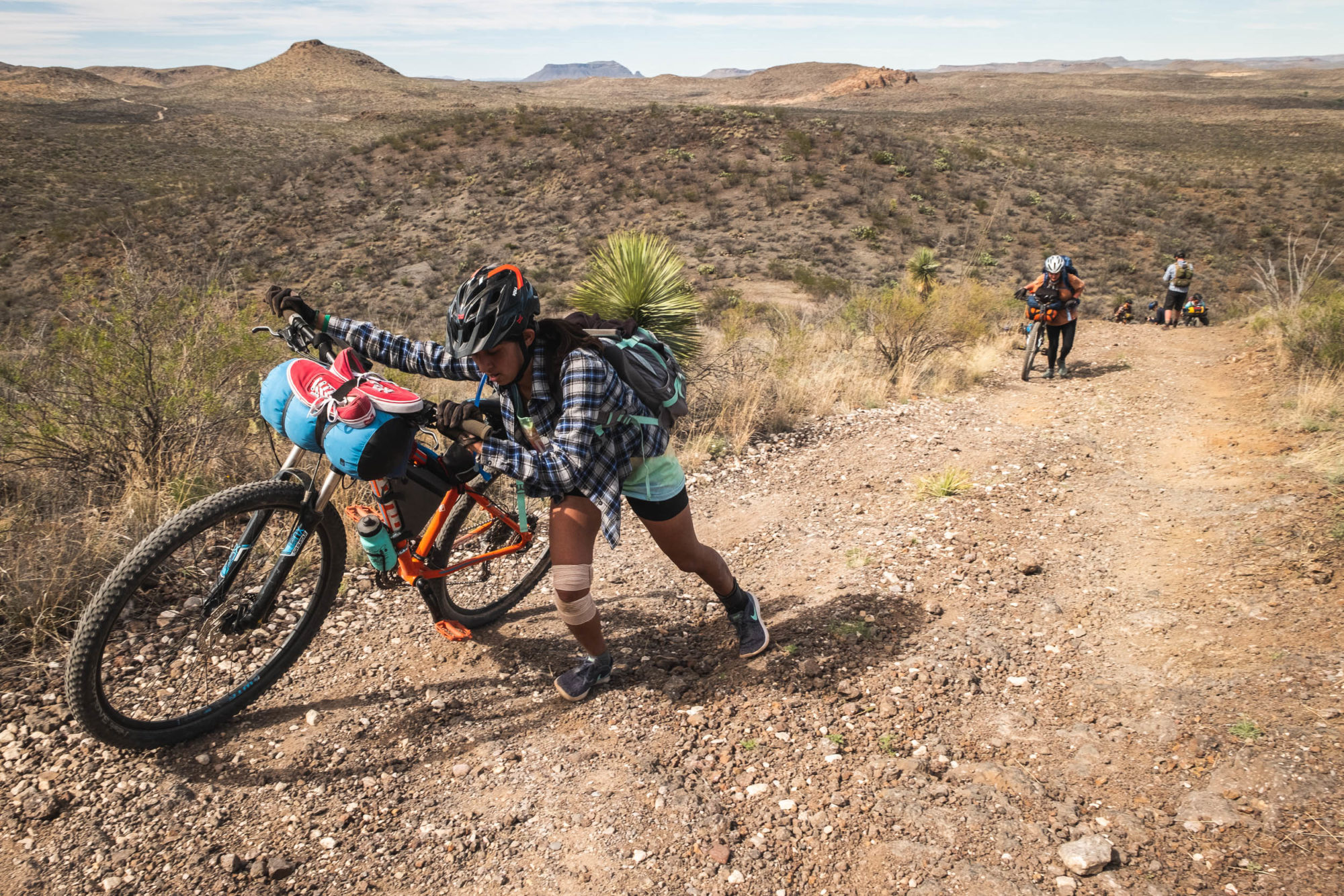
Photo Breakdown
I often get to know students relatively well in a short amount of time during field courses. I was particularly inspired by many of this year’s Adventure Media crew, and when I saw Trisha Nag, a computer science student, hiking her bike up a steep and loose two-track climb in Big Bend Ranch State Park, a feeling of pride and appreciation washed over me. Before the class, Trisha had never camped out, nor did she have much cycling experience. One week prior, she spent her first night out in a tent (with a 7°F wind chill), and now she was biking in some of the roughest terrain in North America. Her knee began to bother her this morning, and it was our roughest day on the bike. Smaller than her bike, she heaved that thing up a climb no one could ride with about as much determination as I’ve seen in anyone. She came to learn more about producing stories in this delicate environment, and I imagine she learned a lot about herself at the same time. She’s a doer. The photograph isn’t technical at all, but it says a lot about grit, experience, and the simplicity of putting yourself in the thick of it.
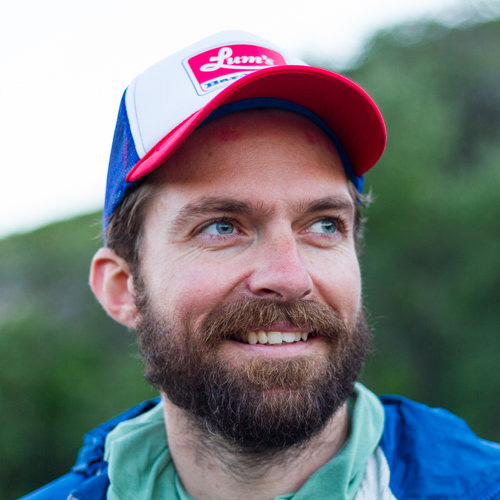
About Jerod Foster
Jerod Foster is a professor of practice at Texas Tech University where he teaches several field courses in visual storytelling, including Adventure Media, a course that utilizes backcountry bikepacking. He is a Texas-based travel and conservation photographer, as well as the author of eight photography books, including his latest, Between Two Rivers, published last month. Find more of his work on his website and on Instagram @jerodfoster.
Please keep the conversation civil, constructive, and inclusive, or your comment will be removed.






